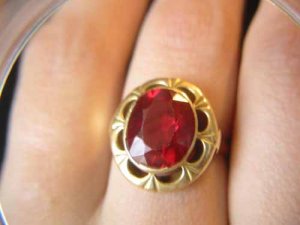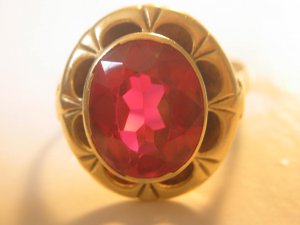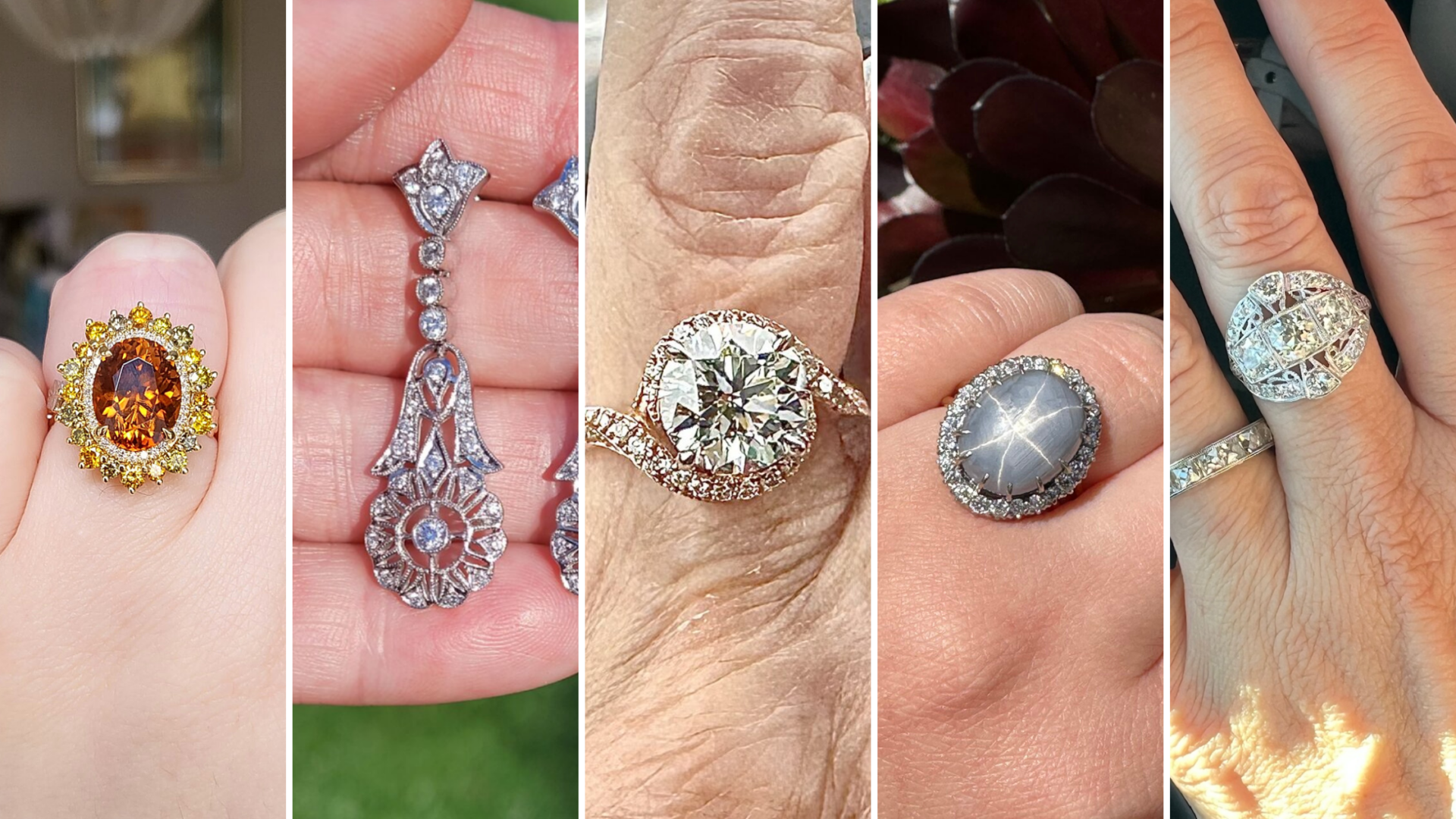Nicrez
Ideal_Rock
- Joined
- Jan 21, 2004
- Messages
- 3,230
Recently I was gifted a "ruby" ring by my grandmother. I am almost 99% positive it's NOT ruby, but more likely red spinel, or something similar. Besides testing it's specific gravity, or it's hardness, how can I determine ruby or not? I would LOVE to purchase a testing machine of some sort (because I'll use it professionally one day) but which test would most likely be the most positive, and the least costly...? Anyone?
















300x240.png)